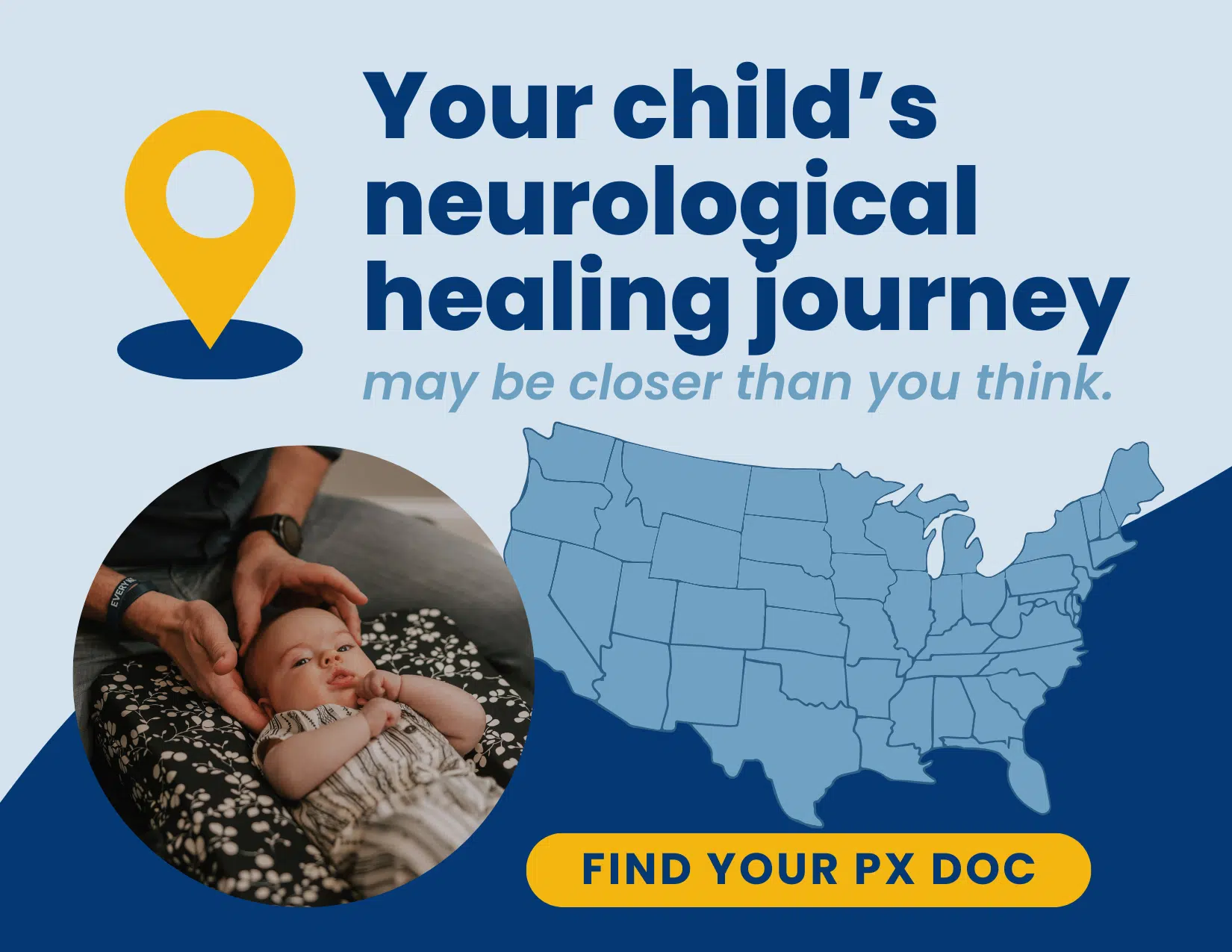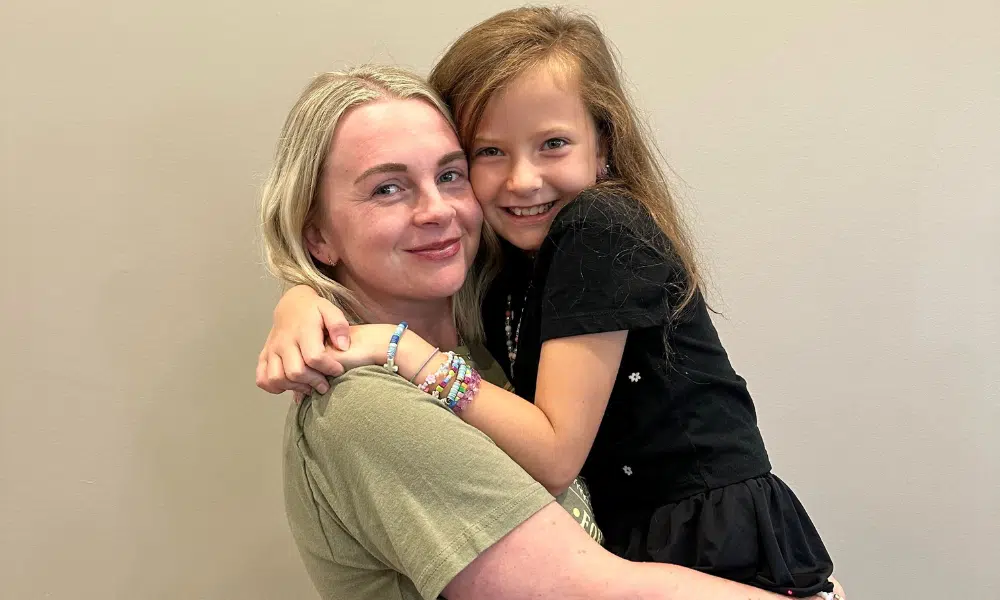Nearly 1 in 5 children has a mental, emotional, or behavioral disorder, with anxiety affecting 11% and behavior disorders affecting 8% of children ages 3-17.
Ever watched your kid go from zero to meltdown in seconds? Or noticed how they pick up on your stress even when you think you’re hiding it? This isn’t random—it’s co-regulation at work. Your nervous system and your child’s are connected in ways that might surprise you.
You’ve tried the behavioral charts, therapy sessions, and medications. The school suggests more evaluations. But deep down, you know something else is going on. At PX Docs, we’ve worked with thousands of families stuck in this exact cycle. Here’s what most practitioners miss: Your child’s challenging behaviors aren’t defiance. They’re dysregulated. And that dysregulation often starts with your own nervous system.
What Is Co-Regulation?
Co-regulation is when a calm adult’s nervous system helps a child’s nervous system find balance. While babies need constant co-regulation, kids still depend on it—especially when they are stressed, tired, or overwhelmed.
Research shows that up to 15% of children struggle with emotional regulation. Studies on co-regulation demonstrate that children use their parents’ nervous systems as templates for managing big emotions. When you stay regulated during their meltdown, you teach their brain how to return to calm.
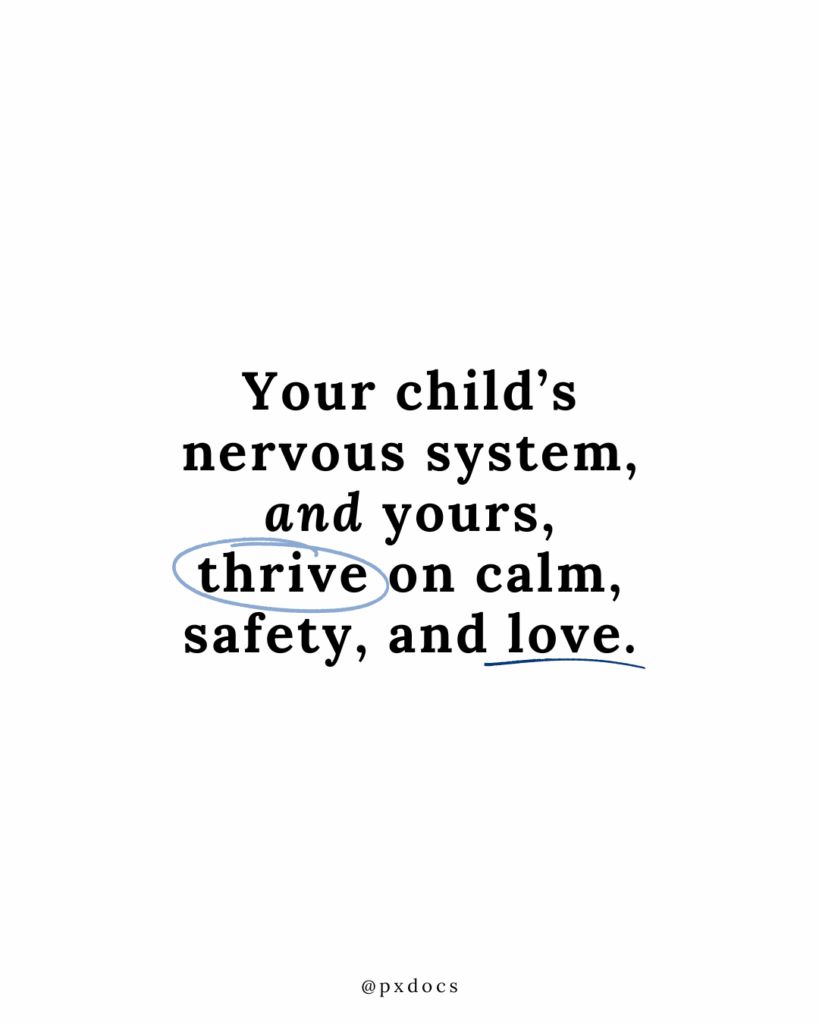
This process works through the activation of mirror neurons and the autonomic nervous system. Your child’s brain literally syncs with yours through subtle cues—such as your breathing rate, muscle tension, and even your heart rate variability.
Signs Your Child Needs Co-Regulation Support
At PX Docs, we’ve identified patterns in 73% of children with regulation challenges:
Physical Signs:
- Constant movement (82% of dysregulated kids)
- Stomach aches before school (68%)
- Sleep difficulties—over 30 minutes to fall asleep (71%)
- Chronic headaches or “growing pains” (45%)
- Sensory sensitivities (64%)
Emotional & Behavioral Patterns:
- Zero-to-sixty emotional reactions (91%)
- Homework battles ending in tears (79%)
- Morning routines that feel like war zones (74%)
- Sibling conflicts that escalate instantly (81%)
- Aggressive responses to minor frustrations (58%)
The Perfect Storm: How Dysregulation Develops
We call it “The Perfect Storm“—when stress accumulates and creates nervous system dysregulation. We’ve tracked this pattern in over 85% of the children we work with:
Stage 1: Prenatal Stress
- Maternal stress during pregnancy (78% of cases)
- Fertility challenges (42%)
- Environmental toxins (67%)
Stage 2: Birth Trauma
- C-sections and interventions (61% correlation)
- Birth interventions affecting upper neck/brainstem (89%)
Stage 3: Early Childhood
- Multiple antibiotics before age 2 (72%)
- Chronic ear infections (54%)
- Early digestive issues (81%)
Research confirms that parental stress hormones influence the stress response systems of children. Instead of growing out of these issues, children often develop ADHD, anxiety disorders, or behavioral challenges.
Understanding the Nervous System Connection
Your autonomic nervous system has two main parts: the sympathetic nervous system (fight or flight) and the parasympathetic nervous system (rest and digest).
The vagus nerve runs this whole system. When it works well, both you and your child can bounce back from stress. But vagus nerve dysfunction—often from physical tension in the upper neck—can leave both of you stuck in stress mode.
Your seven-year-old’s brain isn’t just a smaller adult brain. In the first few years of life, the brain forms more than 1 million neural connections per second, and this rapid development continues through the elementary years. Every time you help your child calm down, you strengthen the neural pathways for self-regulation.
The PX Docs Solution: INSiGHT Scans Reveal the Truth
We start with INSiGHT Scans that show exactly how your nervous systems are functioning:
- neuroCORE (HRV): Measures autonomic balance and vagus nerve function
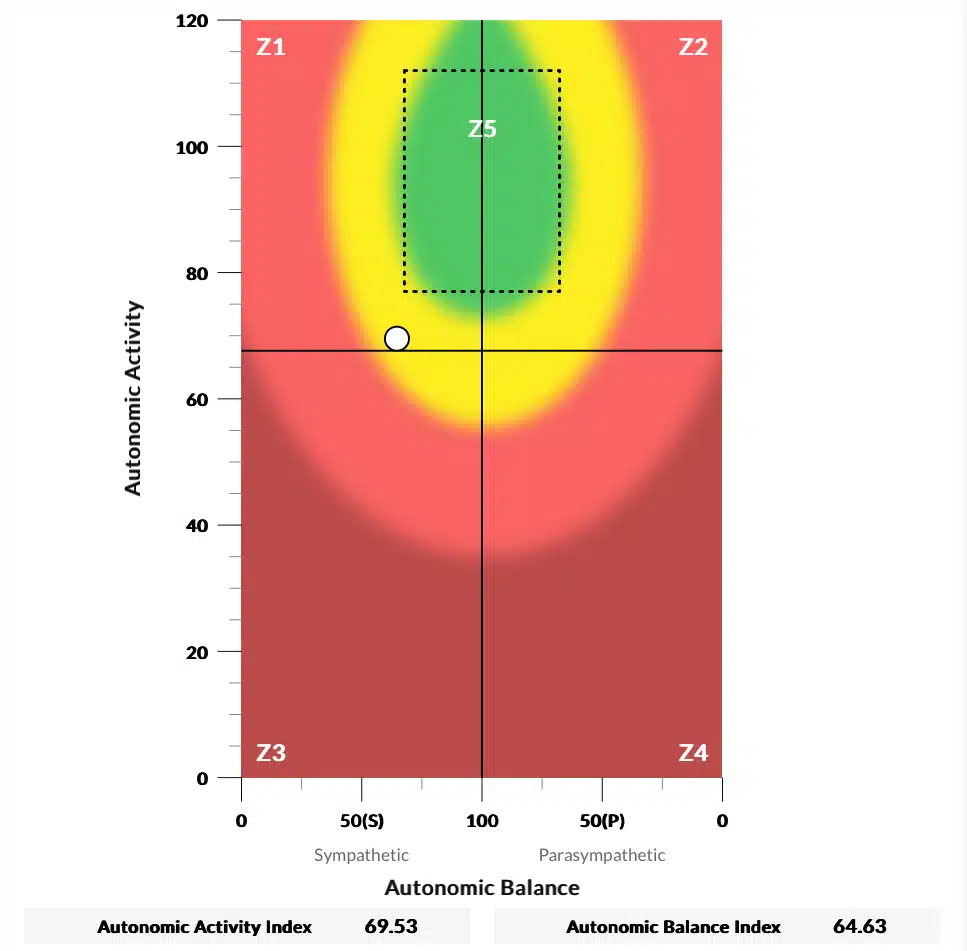
- neuroPATH (sEMG): Maps neurospinal tension and interference

- neuroTHERMAL: Identifies inflammatory and dysfunction patterns
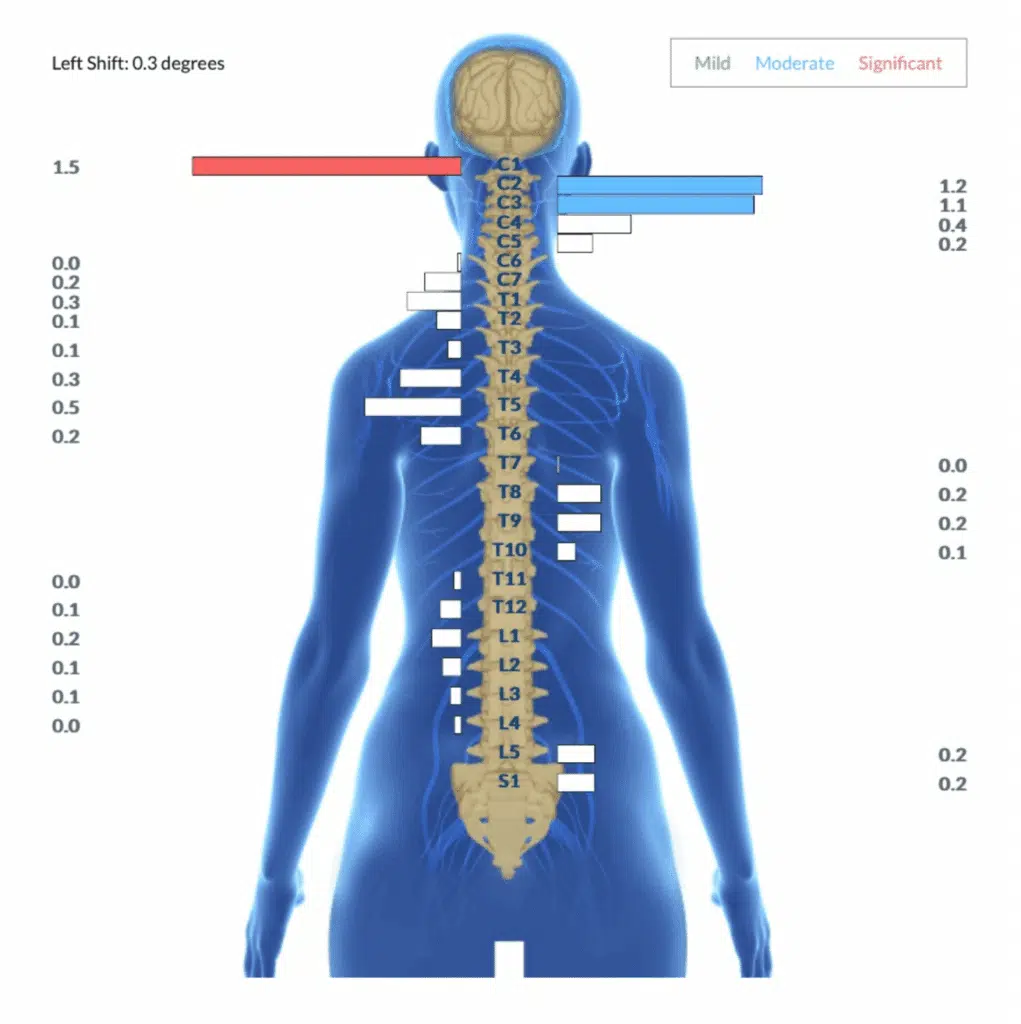
Research indicates that when parent and child co-regulate well, their heart rate patterns sync up. Our scans reveal whether this is happening or what’s blocking it.
Real Transformation
Sarah brought her 6-year-old Marcus to us after two years of escalating behaviors. His scans showed severe dysautonomia—locked in sympathetic overdrive.
After 12 weeks of care:
- Meltdowns decreased from daily to weekly
- Homework reduced from 3-hour battles to 45 minutes
- Improvement in digestion and sleep
But our doctors and Sarah knew that there was more nervous system work to be done, especially in the classroom and socially with other peers. They had tried everything, other therapies, medications, but something was missing. That’s when their local PX Docs suggested getting Mom, Sarah, scanned to see if her nervous system could help co-regulate his! And that’s when everything changed. Marcus’s mom’s scans were nearly identical to his initial scans. After she started care, not only did her scans improve, but chronic tension resolved, and she could finally stay regulated during Marcus’s remaining meltdowns. AND THE BEST PART was how much Marcus healed more, just by having his mom’s nervous system regulated.
His meltdowns became pretty much non-existent; he went from 2-hour struggles to 20 minutes, he’s made more friends, and his teacher reported that he is “like a different child.” 🥹
Conventional Approach vs. PX Docs Approach
Traditional Medicine Offers:
- Behavior modification (addresses symptoms, not the cause)
- Medication (25% effective long-term)
- Talk therapy (limited for young children)
We Address Instead:
- Neurological root cause through targeted adjustments
- Vagus nerve restoration (87% improvement rate)
- Physical tension from birth trauma
- Subluxation patterns affecting communication
At PX Docs, we’ve documented:
- 92% of ADHD cases show upper cervical subluxation
- 88% of anxiety correlates with vagus nerve dysfunction
- 79% of sensory challenges involve brainstem interference
Strategies That Work (After Nervous System Regulation!)
Body regulation before words: Take three deep breaths before speaking. Your calm gives their nervous system a template.
Physical connection: A hand on their shoulder or a firm hug helps the nervous systems sync.
Match their energy, then bring it down: Start where they are emotionally, then slowly help them calm down.
Less talking during meltdowns: The language-processing brain goes offline. Stay close, stay calm, save teaching for later.
Take Action Today
Your family doesn’t have to stay stuck in stress cycles. Here’s what happens when you visit a PX Doc:
- Comprehensive consultation where we listen to your whole story
- INSiGHT scanning showing exactly what’s happening neurologically
- Custom care plan for your family’s specific needs
- Gentle adjustments addressing the root cause
- Progress tracking with follow-up scans
Most families see changes within 2-3 weeks—real, lasting neurological healing that builds over time.
The Cost of Waiting
Every day, your child’s nervous system stays dysregulated:
- Neural stress patterns become more entrenched
- Academic gaps widen
- Social challenges compound
- The window for optimal development narrows
But children’s nervous systems are incredibly adaptable. With the right support, remarkable transformations happen quickly.
Find your local PX Doc now and schedule your family’s INSiGHT scans. Your child’s healing journey starts with understanding what’s really happening in the nervous system.
Remember: You’re not failing as a parent. The system has been failing you by not addressing the root cause. We’re here to change that.


